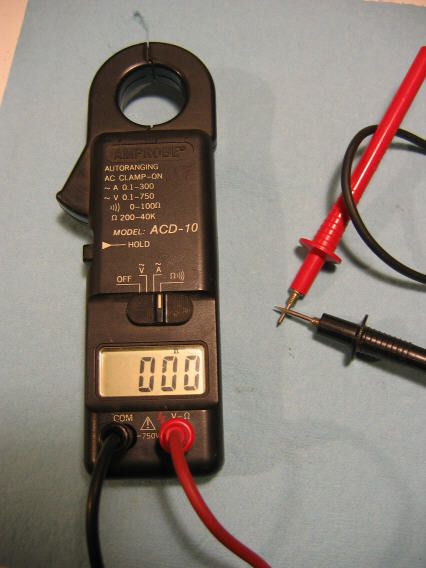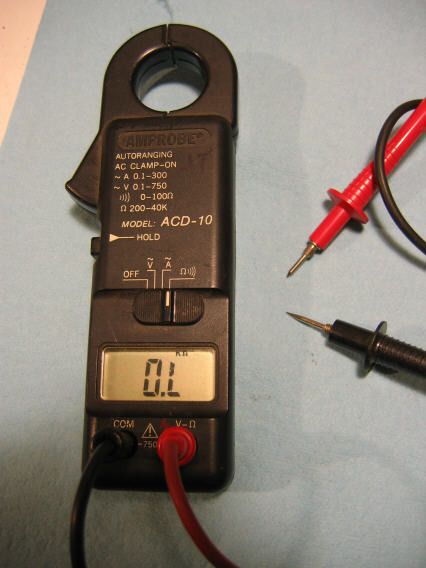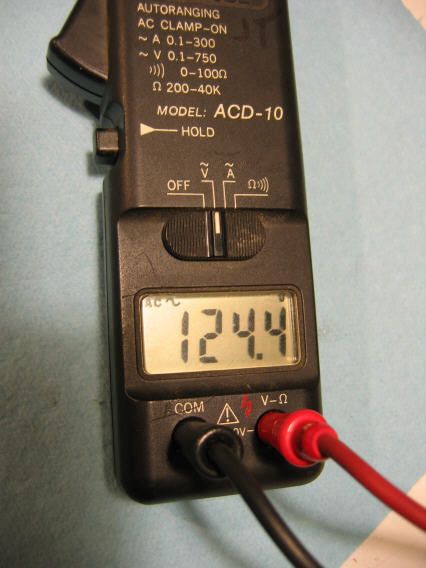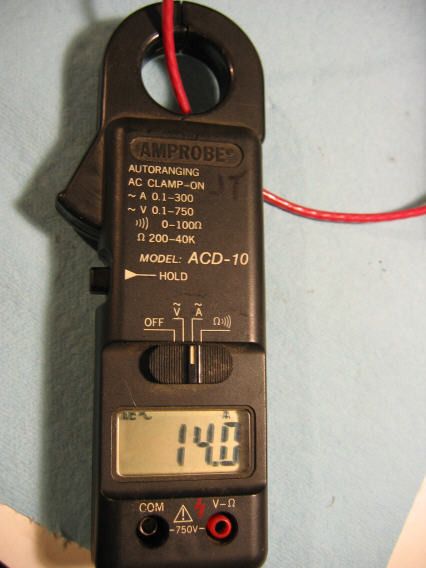NRDock
Cast Iron
- Joined
- Jan 24, 2015
- Location
- Central Pennsylvania
I thought I was going to have a turning lathe today, but not yet :-(
My Pacemaker has an ancient Allis Chalmers 7.5 HP, 440/220, 284 frame motor, which I have seen run on 440 Volts.
I have just wired up a new 5 HP Spedestar drive (labled for split phase input). If any aspect of this combination doesn't work out, I'll get a 5 HP motor, which is still more than I'll ever need.
When I disconnected the old motor wiring, it was wired with inputs to wire numbers 1,2, and 3. The other six wires were paired 4 to 7, 5 to 8, and 6 to 9.
For 220 V operation I wired my new connections with inputs to 1 and 7, 2 and 8, 3 and 9. Wires 4,5,and 6 are tied together.
After figuring out the drive manual, I now have voltage at all three motor inputs, but no amperage output from the drive. The motor is making no movement or resistance to movement at all. The drive is indicating no error codes.
I'm guessing someone on here can give me some guidance to straighten this out.
My Pacemaker has an ancient Allis Chalmers 7.5 HP, 440/220, 284 frame motor, which I have seen run on 440 Volts.
I have just wired up a new 5 HP Spedestar drive (labled for split phase input). If any aspect of this combination doesn't work out, I'll get a 5 HP motor, which is still more than I'll ever need.
When I disconnected the old motor wiring, it was wired with inputs to wire numbers 1,2, and 3. The other six wires were paired 4 to 7, 5 to 8, and 6 to 9.
For 220 V operation I wired my new connections with inputs to 1 and 7, 2 and 8, 3 and 9. Wires 4,5,and 6 are tied together.
After figuring out the drive manual, I now have voltage at all three motor inputs, but no amperage output from the drive. The motor is making no movement or resistance to movement at all. The drive is indicating no error codes.
I'm guessing someone on here can give me some guidance to straighten this out.








